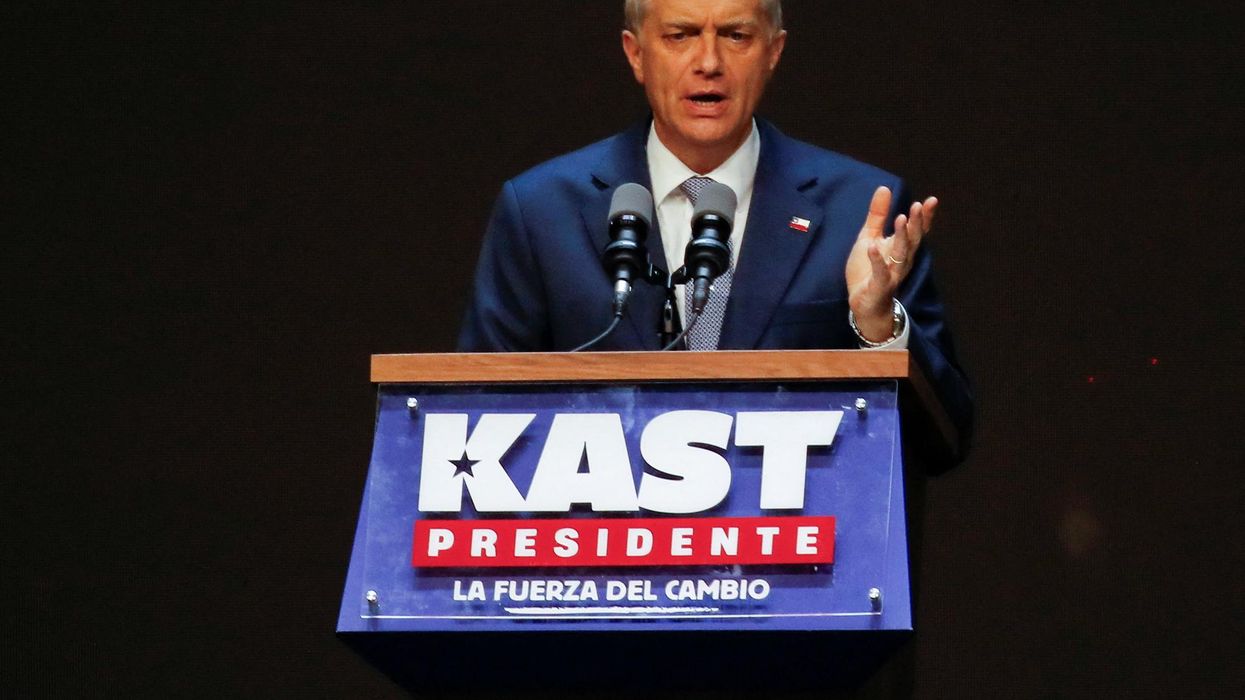Following a week of acrimonious fights in Congress, Rep. Kevin McCarthy (R-Calif.) managed to hammer out a deal with the small group of GOP lawmakers who opposed his bid to become speaker of the House. The agreement, which reportedly included a promise to reverse the $75 billion boost in this year’s defense budget, has been variously hailed and scorned as proof that Republicans are entering a new era on a range of issues.
At least when it comes to foreign policy, however, the establishment appears to have held on to its traditional role. On Tuesday, House leadership announced the chamber’s new committee chairs, and the results gave no indication that McCarthy intends to run afoul of GOP mandarins, especially when it comes to defense spending.
“For all the bluster about a new GOP, the people running the show are from the same mold as the ones who have been running it for more than a decade,” tweeted Justin Amash, a libertarian former member of Congress.
Take Rep. Kay Granger (R-Texas), who will now take over as chair of the powerful Appropriations Committee. The Texas Republican has slowly climbed GOP ranks since entering Congress in 1997, and her efforts culminated in her 2019 appointment as the ranking member of appropriations.
Granger is a strong proponent of increased defense spending and has praised the controversial F-35 fighter jet as “integral to our national security.” As RS noted last year, the establishment stalwart also hails from Tarrant County, which received over $12 billion in defense spending in 2021.
Rep. Mike Rogers (R-Ala.) also received an expected promotion to chair of the Armed Services Committee, where he had previously served as ranking member. Rogers, who had to be pulled away by fellow lawmakers during a spat last week with holdout Rep. Matt Gaetz (R-Fla.), is a “hawks’ hawk” and a strong supporter of consistent annual increases in Pentagon spending, according to Bill Hartung of the Quincy Institute.
“Spending at this rate would push the Pentagon budget to $1 trillion or more before the end of this decade, an unprecedented figure that would be by far the highest level reached by the department since World War II,” Hartung wrote in Forbes, adding that Rogers has “heartily endorsed” the Defense Department’s $1.7 trillion nuclear modernization plan.
Rep. Michael McCaul (R-Texas) followed the same path as his other colleagues and took the jump from ranking member to chair of the Foreign Affairs Committee. After voting in favor of last year’s $858 billion defense appropriations bill, McCaul bragged that the House allocated $45 billion more than the Pentagon had requested, “sending a clear message that America still supports our troops and will never back down in the face of global threats.”
In other words, McCarthy’s committee chairs are much more likely to seek an increase to next year’s defense budget than the $75 billion cut that some hardline budget hawks favor. He will also face an uphill battle if the proposed budget freeze would have any impact on military aid for Ukraine, which maintains strong, bipartisan support in Congress.
But if the new speaker really is determined to reduce Pentagon spending, he could get a helping hand from progressive Democrats, some of whom supported a proposal last year that would have cut $100 billion from the DoD’s budget.
“Obviously, cuts to the Pentagon budget [are] pretty exciting for folks like me who have been putting up amendments to do so,” said Rep. Ilhan Omar (D-Minn.) in an MSNBC interview.
















